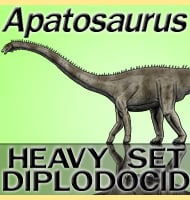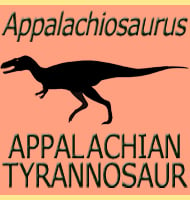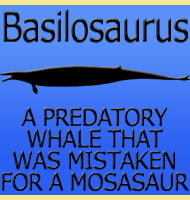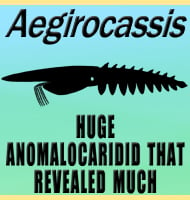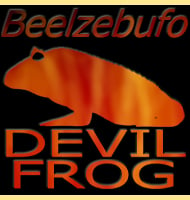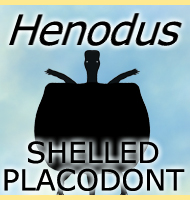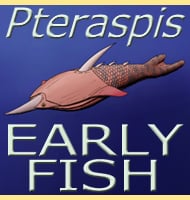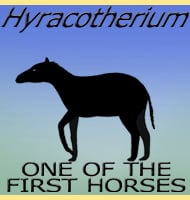In Depth
Westlothiana has caused some confusion among researchers as to whether it should be called reptile or amphibian. While it does have some reptilian features such as no otic notch and unfused ankle bones, the main skeletal structure has features that are reminiscent of the early terrestrial amphibians. This has led to the term ‘primitive amniote’, and as such Westlothiana would mark the evolutionary precursor to the creatures that would be regarded as true reptiles.
The overall morphology of Westlothiana was probably very similar to today’s lizards, and it probably lived among the forest litter hunting for small invertebrates.
Further Reading
– Westlothiana gen. nov. :naming the earliest known reptile. Scottish Journal of Geology no 26, pp 137–138. – T. R. Smithson & W. D. I. Rolfe – 1990. – Westlothiana lizziae from the Vis�an of East Kirkton, West Lothian, Scotland, and the amniote stem. – Earth and Environmental Science Transactions of the Royal Society of Edinburgh. 84 (3–4): 383–412. – S. M. Andrews – 1993.

